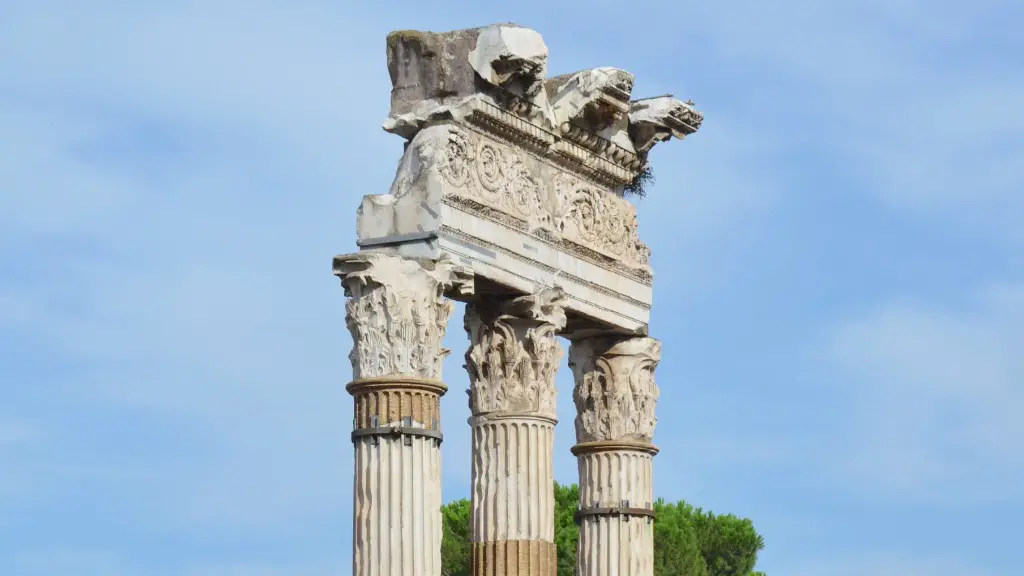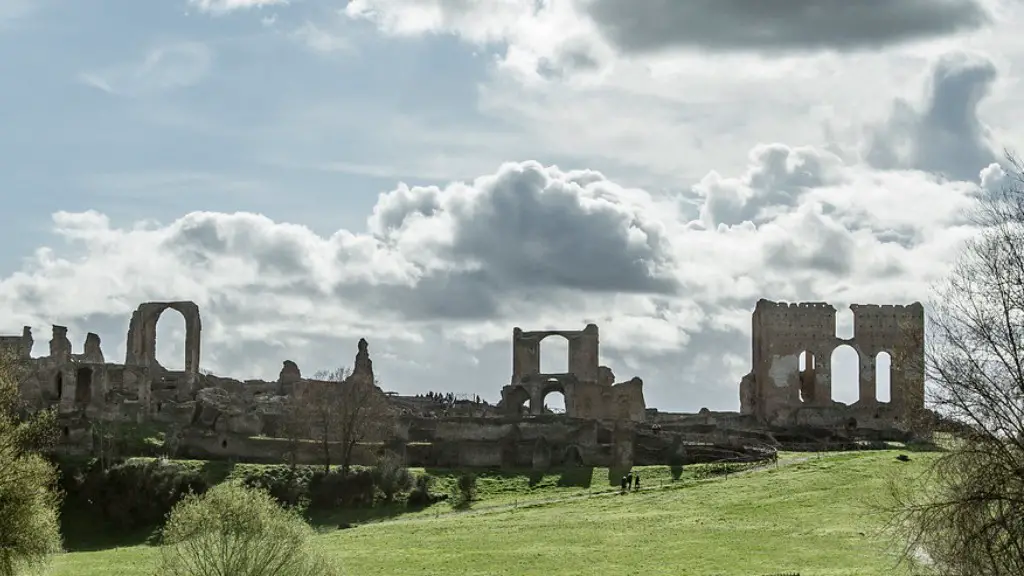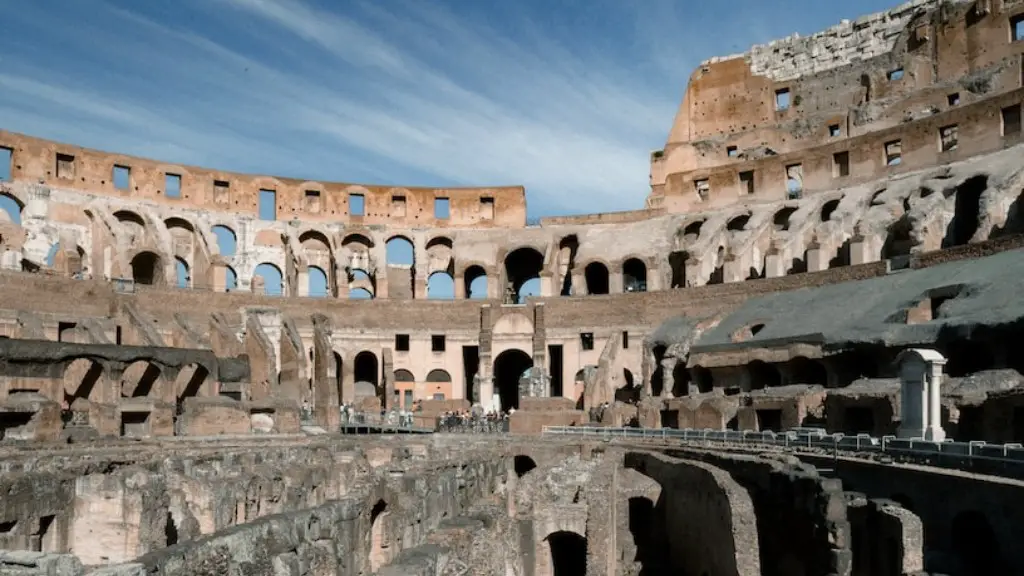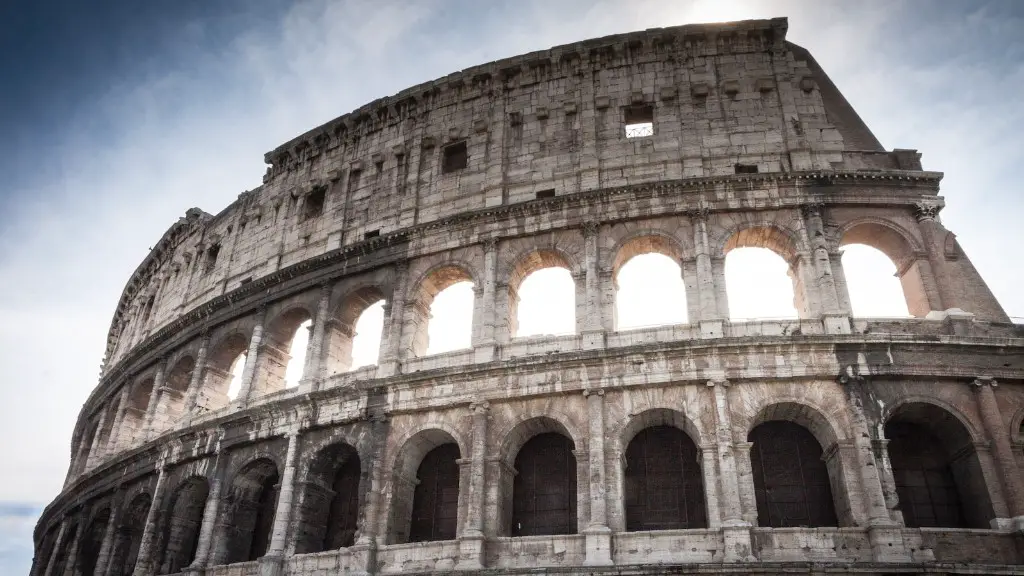Music has been part of our lives since time immemorial, and ancient Rome was no exception. In ancient Rome, music was considered to be a powerful force that could express emotion and create an atmosphere. It was an integral part of daily life, used to stir emotions and mark significant events. Ancient Romans believed that music had the power to heal, to express joy and sorrow, and to honor the gods.
The evidence of music in ancient Rome comes mainly from writings, such as historical accounts and poems written by poets. Though much of what we know of the music of this time comes from written accounts, archaeologists have also unearthed numerous examples of ancient Roman instruments. These include wind instruments such as the lituus and buccina, brass instruments such as the tuba, and percussion instruments such as panpipes, cymbals, and drums.
The music from this time was mainly used for religious occasions. Musicians would play hymns and accompaniments for religious ceremonies and festivals, such as those celebrating the death of a god. Music was also used to accompany theatrical performances and as accompaniment to sporting events. In addition to these uses, music was also a major feature of ancient Roman funerals, with musicians playing mournful music to help the dead souls pass into the afterlife.
The musicians of ancient Rome were mostly slaves. Roman law at the time prevented free citizens from performing certain types of music, so musicians were mostly brought in from other lands to provide the musical accompaniment. Some of the most famous musicians of the time were the famed lyre-players and later, Roman trumpeters whose brass-based instruments no doubt created a thundering sound that would reverberate across the vast Roman Empire.
Many of the instruments we associate with ancient Rome were borrowed or adapted from other civilizations. For example, the lyre-players made popular by Roman poet Horace, were of Greek origin. Though Roman music did not influence subsequent European cultures as much as ancient Greek music did, there are still several ancient Roman tunes that continue to be enjoyed today.
The music of ancient Rome reflects the complexity of the society at the time, with a mix of both literary and popular forms. It is unique in its combination of elements from different cultures, both Latin and Greek. This amalgamation of different sounds and styles creates a vivid picture of the Roman Empire at its most creative.
Perspectives from Experts
The music of ancient Rome is considered to be a fascinating example of how music has evolved over the centuries. According to Professor of Musicology, Dr. Michael Tye, “The music of the Roman Empire provides an interesting insight into how music reflected and shaped the culture of an empire. Music provided an outlet for its citizens to express themselves and their emotions, enabling them to make sense of the complex world they found themselves in.”
Dr. Tye also believes that “The fact that much of this music has survived to the present day is testament to its importance in the life of the Roman people.” Indeed, even though much of what we know of ancient Roman music is from written accounts, recently unearthed artifacts and ancient musical instruments demonstrate the richness and complexity of Roman musical culture.
Relevance for Today’s World
The music of ancient Rome offers many insights into our modern world. For example, it demonstrates how music can be used to tell stories and bring people together. Ancient Romans believed that music had the power to heal, to mark significant events and to express joy and sorrow. This idea is just as relevant today, as music can be a powerful tool used to bring people closer and create a shared understanding.
The music of ancient Rome can also help us to understand the importance of embracing different cultures and learn from each other. The combination of different elements from different cultures allows for a unique expression of creativity that is universal. The music of ancient Rome shares this message even today and encourages us to draw inspiration from all cultures.
Technological Impact
The music of ancient Rome was also heavily influenced by technology. The invention of the organ, for example, allowed musicians to manipulate the pitch of sound and make more complex pieces of music. The use of instruments, such as the lyre and the tuba, also evolved over time and enabled musicians to further explore the potential of their music. Technology also enabled musical instruments to be carried and transported to different areas, so that different types of music could be heard.
The advent of recording technology has had a significant impact on music. Recording technology has allowed us to capture and keep the sound of music, even in its most ancient forms. This has enabled us to gain new insights into ancient Roman music, as well as that of other cultures. It has also enabled us to experience music from the past and to draw inspiration from it for our own musical creations.
Conclusion
The music of ancient Rome was both a reflection of the society at the time and an expression of its creativity and passion. Its influence continues to be felt today, from its use in modern theatrical performances and funerals, to its influence on our understanding of the importance of embracing and learning from different cultures. Ancient Roman music also demonstrates the impact that technology had on music and how it enabled the creation of new, complex pieces of music. Music from this time is a powerful reminder that music has been a part of our lives since time immemorial, and will continue to be so for many years to come.



